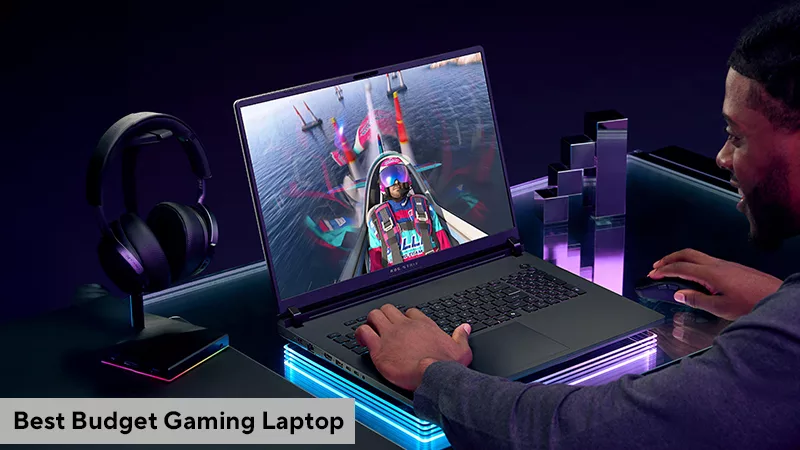Mini LED vs OLED: What's the difference?
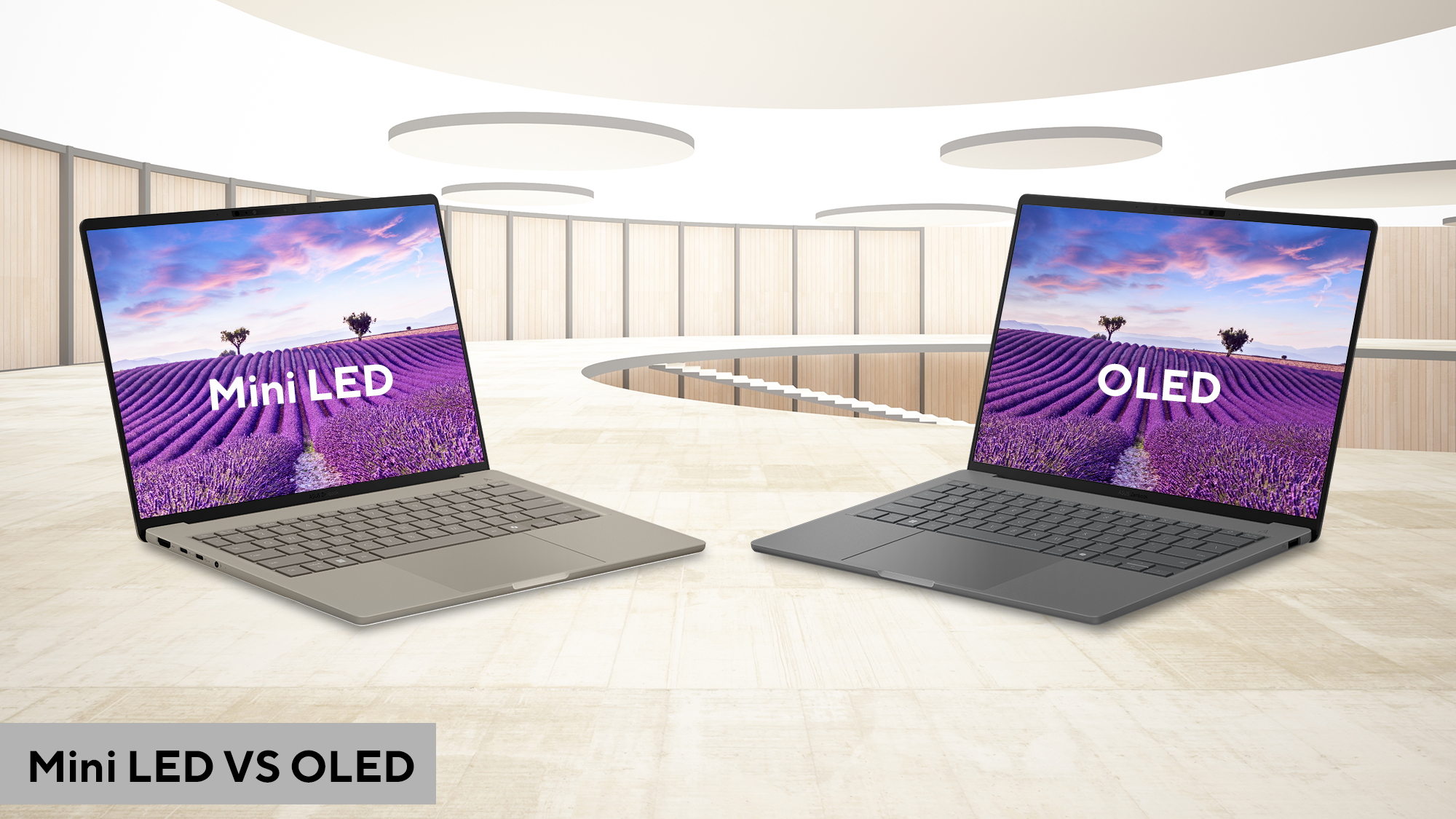
|
Table of content |
|
Quick read |
|
When you're buying a new laptop or computer screen, you'll see two types mentioned a lot: Mini LED and OLED. Both make your screen look great, but they work in totally different ways. Knowing the difference between OLED and Mini LED helps you pick what works for you. This guide explains how each one works, the OLED vs Mini LED difference, and which might fit your needs better.
What is Mini LED?
Mini LED is a newer backlight technology that uses thousands of tiny LED lights behind your screen. Think of it like having many small lamps instead of one big light. These small LEDs are grouped into zones that can dim or brighten independently. This lets the screen show deeper blacks and brighter whites at the same time.
Mini LED screens still use an LCD panel in front, but the improved backlight makes a noticeable difference. You'll find this technology in high-end laptops like ROG Strix SCAR 16 and gaming monitors. It builds on traditional LED technology while adding more control over different screen areas.
What is OLED?
OLED stands for Organic Light Emitting Diode. Unlike Mini LED, OLED doesn't need a backlight at all. Each pixel makes its own light. When a pixel needs to be black, it simply turns off completely. This creates very dark blacks since no light comes through. OLED screens are thin, light, and flexible.
They deliver vibrant colors and fast response times. You'll see OLED in premium laptops, especially ultrabooks. The self-lighting nature of OLED makes it different from other display technologies, giving it certain characteristics that appeal to specific users.
Difference between Mini LED and OLED displays
Black levels and contrast
When comparing mini LED vs OLED for black levels, they handle darkness differently. OLED pixels turn off completely for black areas, so no light comes through at all. Mini LED uses dimming zones to darken areas, which means some light from nearby bright zones can spread slightly.
You might see a faint glow around bright things when the background is dark on Mini LED. OLED keeps everything totally separate since every dot works alone. If you watch movies with dark scenes often, you'll notice this more. Both make nice-looking pictures, just in their own way.
Brightness performance
Mini LED displays can reach higher brightness levels than OLED screens. Some Mini LED screens shine over 1,000 nits bright, while OLED usually stays around 400-500 nits when the whole screen is lit up.
OLED can hit high brightness for small, specific areas, but dims down when larger portions of the screen need to be bright. This affects how they perform in different environments. A Mini LED screen stays clearer in bright rooms with lots of sunlight. OLED works well in moderate lighting but may need dimmer surroundings for the best experience.
Color quality and vibrancy
The difference between mini LED and OLED in colors comes from how they produce them. OLED displays, particularly QD-OLED types, create colors directly from each pixel. The colors appear saturated and vibrant. Mini LED screens utilise quantum dot technology to filter light through the screen, creating vibrant colors.
OLED's method creates particularly pure color tones. However, Mini LED displays with quantum dots can show very bright, colorful content. Both technologies handle color well, covering wide color spaces that professionals and casual users appreciate. The visual difference in everyday use is less dramatic than you might expect.
Response time and motion
OLED and Mini LED handle moving images differently. Each OLED pixel switches from one color to another almost instantly, creating very smooth motion with minimal blur. Mini LED has improved response times compared to older LCD technology, but the liquid crystals in the panel take slightly longer to change.
If you play competitive games or watch fast-paced content, OLED's faster pixel response shows less motion blur. Mini LED still handle motion reasonably well for most uses. The difference matters more to gaming enthusiasts and those who are particularly sensitive to motion blur.
Screen uniformity and viewing angles
OLED provides consistent brightness across the screen since each pixel produces its own light. The image looks the same whether you're looking at the centre or the edges. Mini LED can show slight variations in brightness across different areas. OLED also maintains color accuracy when you view it from different angles.
Mini LED screens, using LCD technology, shift in color and contrast when viewed from the side. This happens because light passes through layers that work best from straight on. For typical laptop use where you sit centred, this matters less. It becomes more noticeable when multiple people view the same screen.
Top ASUS laptops with Mini LED and OLED display
ASUS Mini LED display laptops
ROG Strix SCAR 16 (2025) G635
The ROG Strix SCAR 16 is a powerful mini LED gaming laptop with a stunning screen featuring over 2000 dimming zones that make dark areas truly black and bright areas shine. The display reaches 1200 nits brightness, so you can see everything clearly even in sunny rooms. With a fast 240Hz refresh rate, everything looks super smooth when scrolling or watching videos.
|
Feature |
Specification |
|
Screen |
16-inch Mini LED, 240Hz, 2.5K |
|
Processor |
Intel Core Ultra 9 275HX |
|
Graphics |
16GB NVIDIA GeForce RTX 5080 |
|
Memory |
Up to 32GB DDR5 RAM |
|
Storage |
Up to 2TB PCIe Gen4 SSD |
ROG Strix SCAR 18 (2025) G835
The ROG Strix SCAR 18 gives you an even bigger 18-inch Mini LED display with the same excellent picture quality. It has over 2000 dimming zones for amazing contrast and covers 100% of the DCI-P3 color space. The screen shows incredibly vibrant colors and has a special coating that reduces reflections by 55%.
|
Feature |
Specification |
|
Screen |
18-inch Mini LED, 240Hz, 2.5K |
|
Processor |
Intel Core Ultra 9 275HX |
|
Graphics |
24 GB NVIDIA GeForce RTX 5090 |
|
Memory |
Up to 64GB DDR5 RAM |
|
Storage |
Up to 2TB PCIe Gen4 SSD |
ASUS OLED display laptops
ROG Zephyrus G16 GU605CW-QR133WS
The ROG Zephyrus G16 takes gaming to the next level with its larger screen and ultra-slim design. It features a larger OLED screen that delivers super smooth gameplay with beautiful colours that really pop. This powerful machine handles both heavy gaming and creative work with ease, while its premium design makes it look great and stay easy to carry for everyday use.
|
Feature |
Specification |
|
Screen |
16’ 2.5K OLED, 240Hz |
|
Processor |
Intel Core Ultra 9 285H |
|
Graphics |
16GB NVIDIA GeForce RTX 5080 |
|
Memory |
32GB LPDDR5X |
|
Storage |
2TB PCIe 4.0 SSD |
ROG Zephyrus G14 GA403UM-QS007WS
The ROG Zephyrus G14 is a compact and lightweight OLED gaming laptop perfect for gamers on the go. When you open it up, you’ll see a bright screen that makes everything look amazing with rich colours and smooth visuals. It handles the latest games really well, and the best part is that it stays cool and quiet even during long gaming sessions.
|
Feature |
Specification |
|
Screen |
14' 3K OLED, 120Hz |
|
Processor |
AMD Ryzen 9 270 Processor |
|
Graphics |
8GB GDDR7 NVIDIA GeForce RTX 5060 |
|
Memory |
16GB LPDDR5X |
|
Storage |
1TB PCIe 4.0 NVMe M.2 |
Which display is better?
So, is mini LED better than OLED? It really depends on what you need. OLED works well for people who use their devices in controlled lighting, enjoy watching movies, or play fast-action games where quick pixel response helps. The thin design fits well in lightweight laptops. OLED creates a particular visual experience that some users prefer.
Mini LED fits different situations. It works well in bright offices or near windows where higher brightness helps. If you work with spreadsheets, coding environments, or any setup with static elements on screen for long periods, Mini LED avoids burn-in concerns. It usually costs less than OLED for the same-sized screen. The technology provides bright, colorful images while sidestepping certain long-term concerns.
Think about your daily routine. Where do you usually work? What programs do you run most often? How long do you plan to keep your device? Do you move around with your laptop or use it in one place? Your specific use case matters more than general specifications.
Conclusion
Whether you choose mini LED or OLED, it relies on how well the technology fits your needs. OLED offers deep blacks and fast pixel response in a thin package. Mini LED has a high light and stays stable over time, so it always works the same way. Consider where you'll use your screen, what you'll do on it, and how long you'll keep it. Both options will give you a quality display experience for your laptop or monitor.
Frequently asked questions
Q. Do mini LEDs last longer than OLED?
Yes, mini LED last longer than OLED. Mini LED screens work for about 100,000 hours, which means they keep going strong for many years. OLED lasts around 30,000-50,000 hours, which is still really good for most people. Both mini LED and OLED give you plenty of time to enjoy your screen.
Q. Is OLED or mini LED better for the eyes?
Both mini LED and OLED are comfortable for your eyes. Mini LEDs are nice and bright, which makes it easy to see everything clearly in sunny rooms. OLED has smooth, gentle lighting that feels easy on your eyes during long viewing sessions. When choosing a mini LED or OLED, both keep your eyes happy and comfortable.
Q. Is mini LED better than OLED?
Both mini LED and OLED are excellent choices. When comparing mini LED vs OLED, mini LED gives you long-lasting performance, great brightness, and works wonderfully in any lighting. OLED delivers beautiful black colors and stunning picture quality that makes movies look amazing. Whether you pick mini LED or OLED, you'll get a fantastic screen that you'll love.
Author
Popular Post

Take your ROG allegiance to the next level with an OMNI action figure
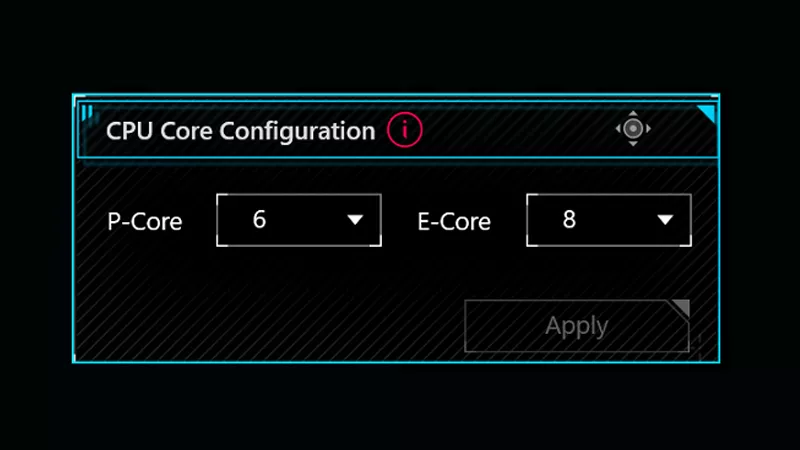
How to adjust your laptop's P-Cores and E-Cores for better performance and battery life

Upgrade RAM on ROG Laptop: Get Gaming Performance Boost | ROG India

Maximize Performance on Your ROG or TUF with Armoury Crate

Celebrate ASUS' 30-year graphics card legacy and win GeForce RTX 50 Series prizes
LATEST ARTICLES
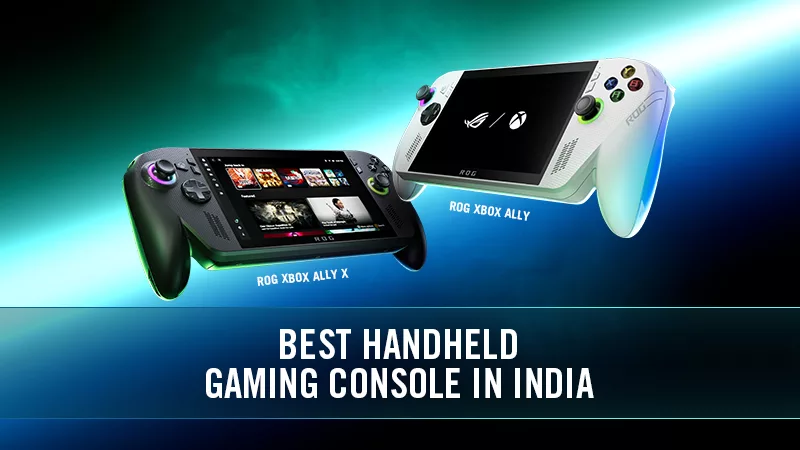
Best handheld gaming console in India 2026: What makes the ROG Xbox Ally a top choice
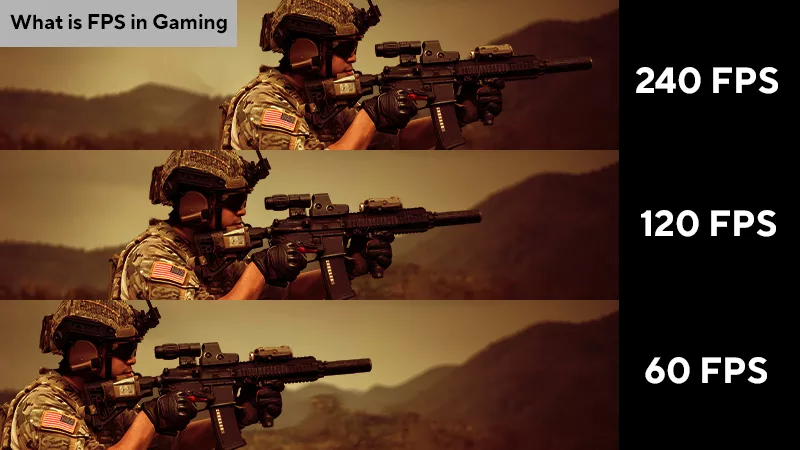
A Guide to FPS in Gaming - Why Is it Important?
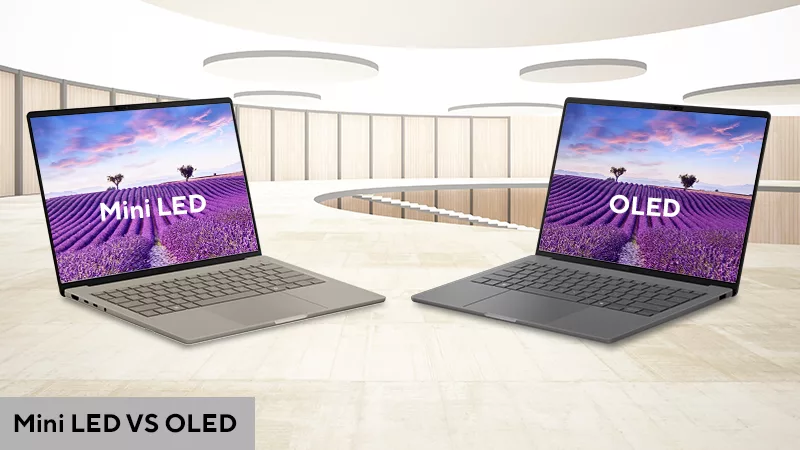
Mini LED vs OLED: What's the difference?
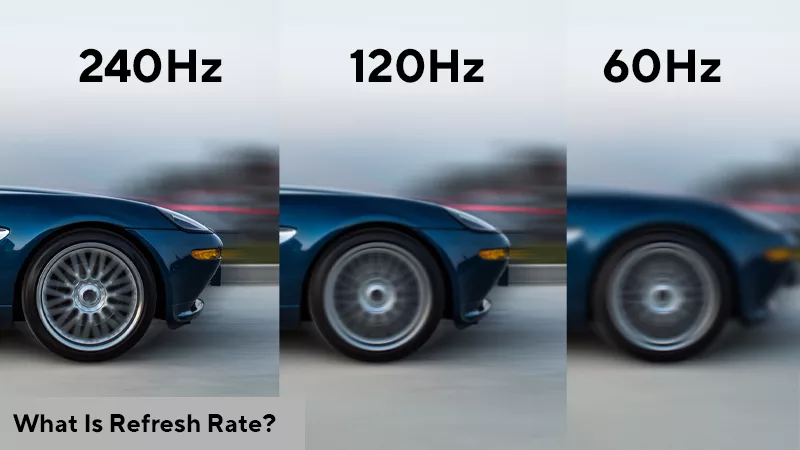
What is Refresh Rate - Why 120Hz/144Hz/240Hz Matters for Gaming
What is refresh rate? Learn how it impacts your gaming experience and why you should check refresh rate to enjoy smoother, more responsive gameplay.

This is why gamers are choosing ROG laptops
Here’s a look at why ROG is the #1 worldwide gaming laptop brand.
